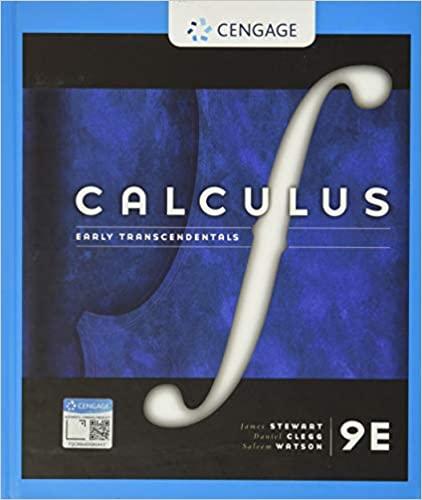Question
Scenario B. Consider a similar experiment where each of 10 volunteer participants tastes both types of fries. Assume that there are a total of 10
Scenario B.
Consider a similar experiment where each of 10 volunteer participants tastes both types of fries. Assume that there are a total of 10 volunteer participants and that each row in Table 1 now represents the ratings from a single participant for the two brands of fries.{Assume that the order of tasting was counterbalanced such that half the participants tasted McDonald's fries first and the other half tasted Burger King's first.} new data file for this within-subject experiment and use SPSS to run the appropriate t-test.
Table 1
McDonalds
6.5
6.7
5.0
6.7
6.4
5.1
6.6
6.0
6.3
5.8
Burger King
7.0
7.0
6.0
6.8
6.5
6.6
6.8
6.7
6.0
6.1
(7)Paste the output of your t-test here.
(8)Are the mean tastiness ratings the same in this analysis as they were for the between-subjects analysis?What is the difference between the two means in this analysis?
(9)Is the standard error of the "mean difference" the same in both analyses?
{Alert!The standard error of the mean difference is found, in each analysis, in the last output box labeled "independent samples test" and "paired samples test", respectively.This standard error is not the same as the standard error associated with the mean for McDonalds or with the mean for Burger King.
(10)Are the obtained t statistics the same in both analyses?
(11)Why are they different? {Consider your answer to #9.}
(12)In terms of size, there is a fairly large correlation between the paired samples.What does this tell you?
Step by Step Solution
There are 3 Steps involved in it
Step: 1

Get Instant Access to Expert-Tailored Solutions
See step-by-step solutions with expert insights and AI powered tools for academic success
Step: 2

Step: 3

Ace Your Homework with AI
Get the answers you need in no time with our AI-driven, step-by-step assistance
Get Started


